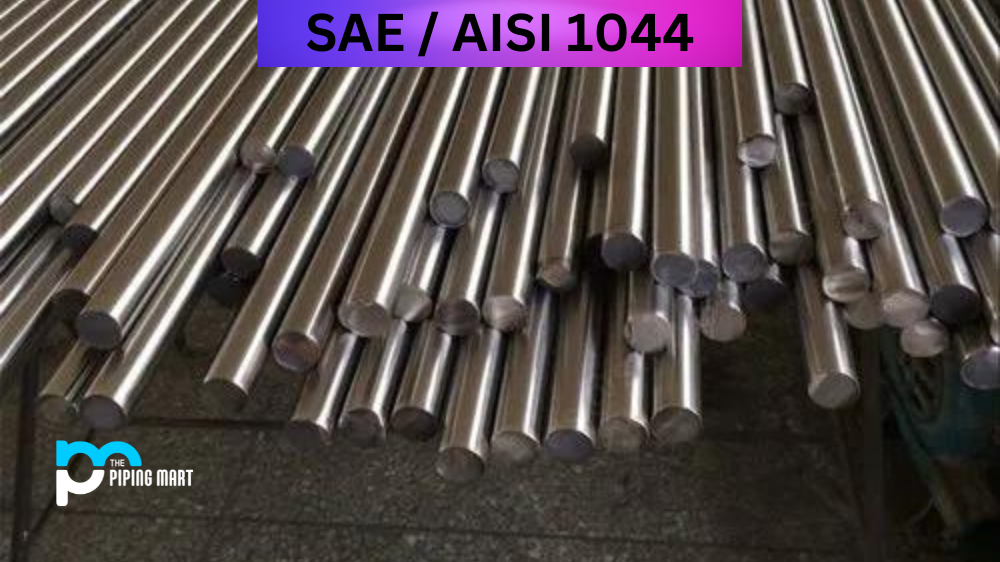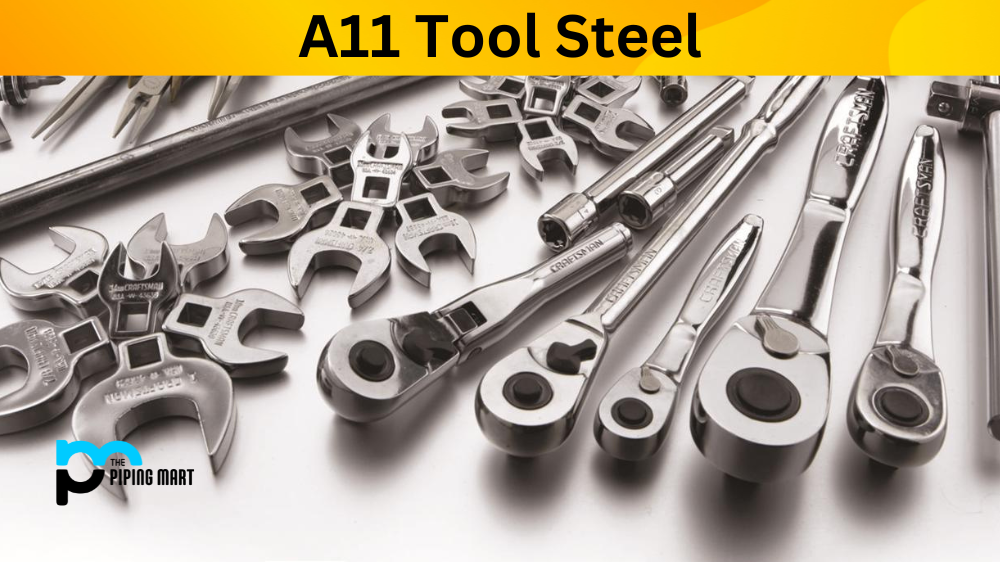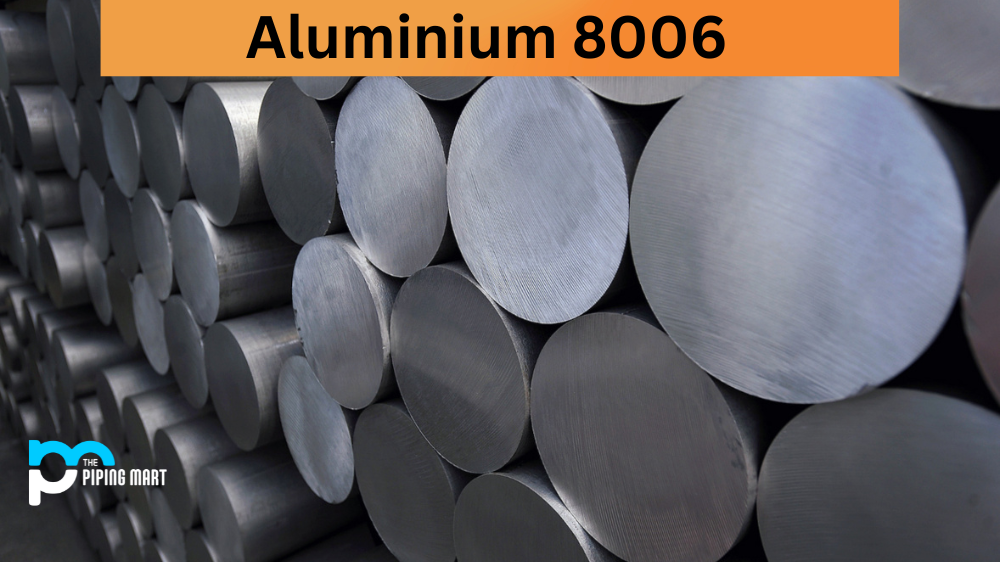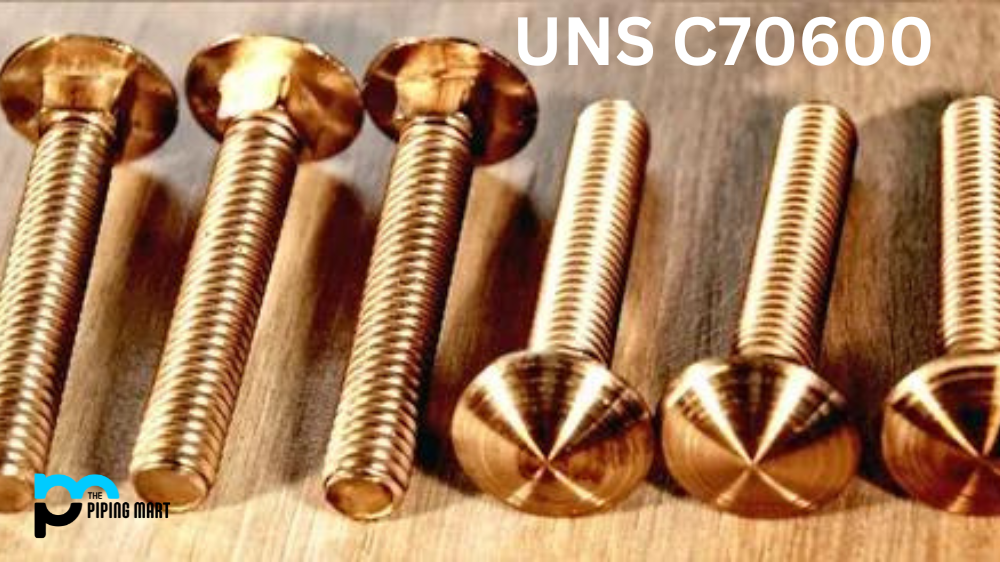AISI 1044 Carbon Steel (UNS G10440) is medium-carbon steel that contains 0.4% to 0.7% carbon. This steel also has 0.6% to 0.9% manganese, 0.04% to 0.09% phosphorus, and 0.2% to 0.3% sulfur. It is known for its high strength and toughness, as well as good ductility and weldability. This steel can be heat treated and is often used in quenched and tempered conditions. In addition to being used in the construction of vehicles and machinery, this steel is also used in the oil and gas industry as well as the agricultural industry. Let’s take a more detailed look at some of the uses of UNS G10440.
AISI 1044 Composition
| Element | Content (%) |
|---|---|
| Carbon, C | 0.43-0.50 |
| Manganese, Mn | 0.30-0.60 |
| Sulfur, S | 0.05 (max) |
| Phosphorous, P | 0.04 (max) |
| Iron, Fe | Balance |
AISI 1044 Physical Properties
| Properties | Metric | Imperial |
|---|---|---|
| Density | 7.85 g/cm3 | 0.284 lb/in3 |
AISI 1044 Mechanical Properties
| Properties | Metric | Imperial |
|---|---|---|
| Tensile strength | 550 MPa | 79800 psi |
| Yield strength | 310 MPa | 45000 psi |
| Modulus of elasticity | 205 GPa | 29700 ksi |
| Shear modulus (typical for steel) | 80 GPa | 11600 ksi |
| Poisson’s ratio | 0.29 | 0.29 |
| Elongation at break (in 50 mm) | 16% | 16% |
| Hardness, Brinell | 163 | 163 |
| Hardness, Knoop (converted from Brinell hardness) | 184 | 184 |
| Hardness, Rockwell B (converted from Brinell hardness) | 84 | 84 |
| Hardness, Vickers (converted from Brinell hardness) | 170 | 170 |
AISI 1044 Equivalent
| ASTM A29 | ASTM A510 | ASTM A575 | ASTM A576 |
| SAE J403 | SAE J412 | SAE J414 |
AISI 1044 Thermal Properties
| Properties | Metric | Imperial |
|---|---|---|
| Thermal conductivity | 49.8 W/mK | 346 BTU in/hr.ft2.°F |
| Thermal expansion co-efficient (at 0.000-100°C/32-212°F) | 11.5 µm/m°C | 6.39 µm/m°C |
AISI 1044 Uses
UNS G10440 steel is often used in the construction of vehicles and machinery as well as in the oil and gas industry due to its high strength and toughness. It is also frequently used in the agricultural industry thanks to its good ductility and weldability properties. Some specific examples of applications that use this steel are:
- Tractor parts
- Shafts
- Gears
- Crankshafts
- Bolts
- Nuts
- Rings
Corrosion Resistance
This steel has good resistance to corrosion thanks to its low carbon content. In addition, it contains manganese which enhances its corrosion resistance properties even further. However, this steel is not stainless, and it will rust if not properly protected from the elements.
Heat Resistance
This steel has good heat resistance thanks to its high carbon content. However, it should not be exposed to temperatures above 700 degrees Celsius (1300 degrees Fahrenheit) for prolonged periods of time as this can lead to scaling or embrittlement of the material.
Heat Treatment
This steel can be heat treated using various methods, including annealing, normalizing, quenching, and tempering. The most common heat treatment method for this steel is quenching and tempering, as it provides the best combination of mechanical properties such as hardness, strength, toughness, and ductility.
Machining
This steel can be machined using conventional methods, such as turning, drilling, milling, and grinding, as well as more modern methods, such as abrasive water jet cutting and electrical discharge machining (EDM). When machining this steel, it is important to use sharp tools with slow speeds and large depths of cut, so that tool wear is minimized. In addition, the coolant should be used during machining operations to keep both the workpiece and tools cool, which will further reduce tool wear.
Welding
This steel can be welded using all standard welding methods, including Shielded Metal Arc Welding (SMAW), Gas Metal Arc Welding (GMAW), Flux Cored Arc Welding (FCAW), and Gas Tungsten Arc Welding (GTAW). When welding this steel, it is important to use filler metals that have a low carbon content so that the risk of cracking during cooling is minimized. In addition, preheat temperatures between 150 degrees Celsius (300 degrees Fahrenheit) and 260 degrees Celsius (500 degrees Fahrenheit) should be used when welding thicker sections (>19 mm or 3/4 inch) to prevent cracking during cooling. Post-weld heat treatment is also recommended for thicker sections in order to further reduce the risk of cracking during cooling.
Conclusion
SAE / AISI 1044 is medium-carbon steel that contains 0.4% to 0.7% carbon along with other alloying elements such as manganese, phosphorus, sulfur, and silicon. This steel also has good resistance to corrosion thanks to its low carbon content as well as enhanced resistance properties courtesy of its manganese content. It also has good heat resistance due to its high carbon content but should not be exposed to prolonged periods of time at temperatures exceeding 700 degrees Celsius. Finally, this steel can be machined using both traditional methods, such as turning, drilling, milling, and grinding as well more modern methods, such as abrasive water jet cutting and electrical discharge machining. When welding this steel, it is important to use filler metals with a low carbon content to minimize cracking during cooling. Post-weld heat treatment is also recommended for thicker sections in order to further reduce the risk of cracking during cooling. All in all, SAE /AISIsuch1044an ideal choice for a variety of applications where durability and strength are key properties.

Abhishek is a seasoned blogger and industry expert, sharing his insights and knowledge on various topics. With his research, Abhishek offers valuable insights and tips for professionals and enthusiasts. Follow him for expert advice on the latest trends and developments in the metal industry.




